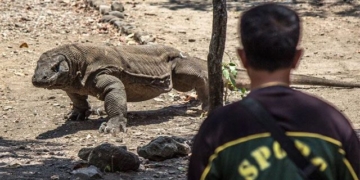The Aurora Borealis is one of the most fascinating astronomical phenomena eagerly awaited by many each year.
The auroras are formed by solar radiation, creating colorful streaks of light in the sky.
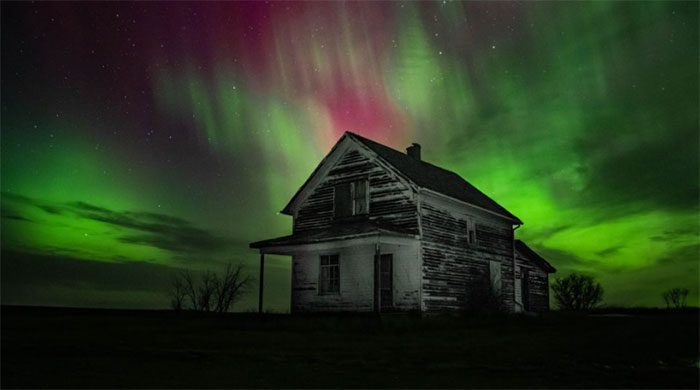
Aurora in Saskatchewan (Canada) at the end of March 2022 – (Photo: JENNY HAGAN)
From the ground, viewers can see various colorful bands and many types of enchanting lights in the night sky.
Scientifically, these light bands are created by the interaction between charged particles from the solar wind and the upper atmosphere of Earth.
The auroras occurring in the Northern Hemisphere are called the Aurora Borealis, typically happening from late August to mid-April. In the Southern Hemisphere, this phenomenon is referred to as the Aurora Australis.
Countries located in low latitude regions such as Canada, Norway, Sweden, and Iceland are prime locations for aurora viewing.
Generally, auroras are best seen on clear, cold nights. To capture stunning photographs, many photographers venture to remote areas with minimal light pollution.
The auroras usually “perform” for several hours before disappearing. Each occurrence of the aurora is an artistic display, as the colors, brightness, and shapes of the light bands continuously change, sometimes gently and at other times dramatically.
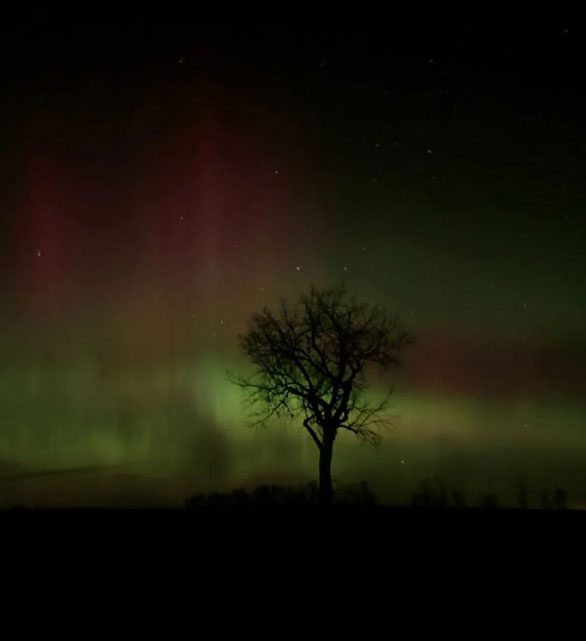
Aurora in North Dakota (USA) – (Photo: OUTDOOR MEN)
During the aurora viewing season in 2022, many artistic photo collections were captured and shared across various social media platforms.
Complementing the colors in the sky are the captivating landscapes of the far northern wilderness. Volcanoes, glaciers, and coniferous forests enhance the stunning scenery.
Photographers often choose vantage points across lakes to capture the reflection of the aurora on the water’s surface.
In 2022, NASA planned to launch two rockets to an altitude of over 160 kilometers, passing through the aurora zone. These small research rockets are designed to hover in space for a few minutes before returning to Earth. Researchers hope they will provide valuable information about the auroras.
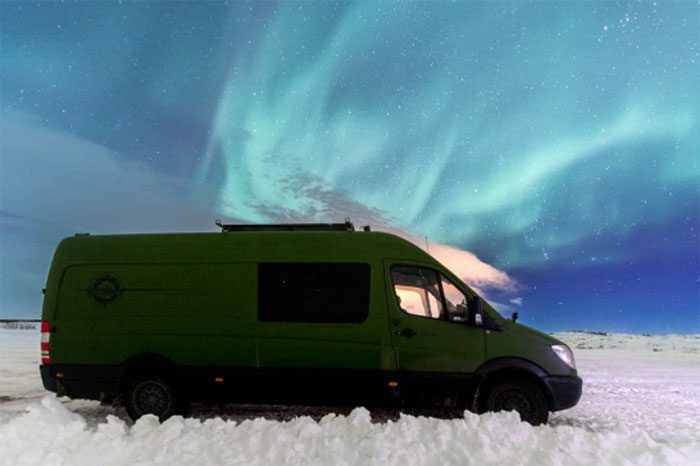
Aurora captured in northern Norway – (Photo: DAVID WILLIAMS)
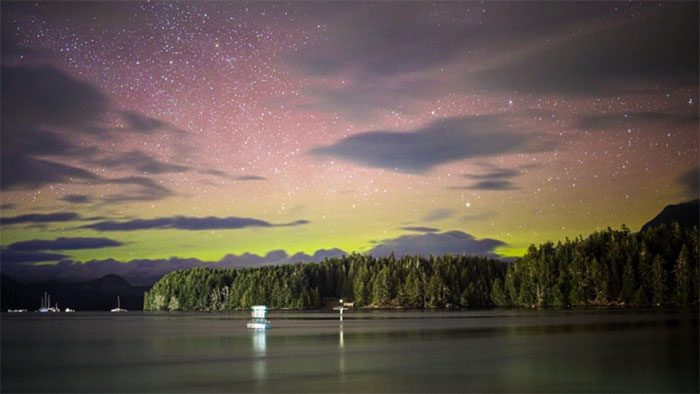
Aurora captured in Tofino (Canada) on March 30, 2022 – (Photo: ALEX TAALMAN)
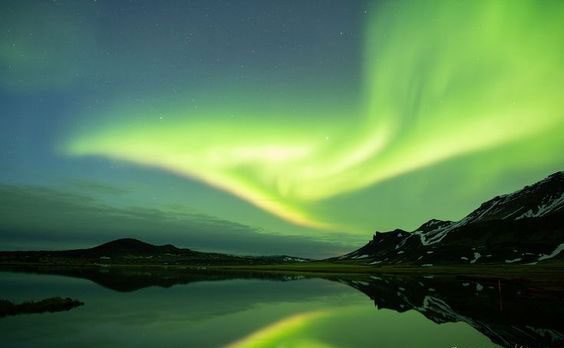
Aurora captured in western Iceland at the end of March 2022 – (Photo: PINTEREST)
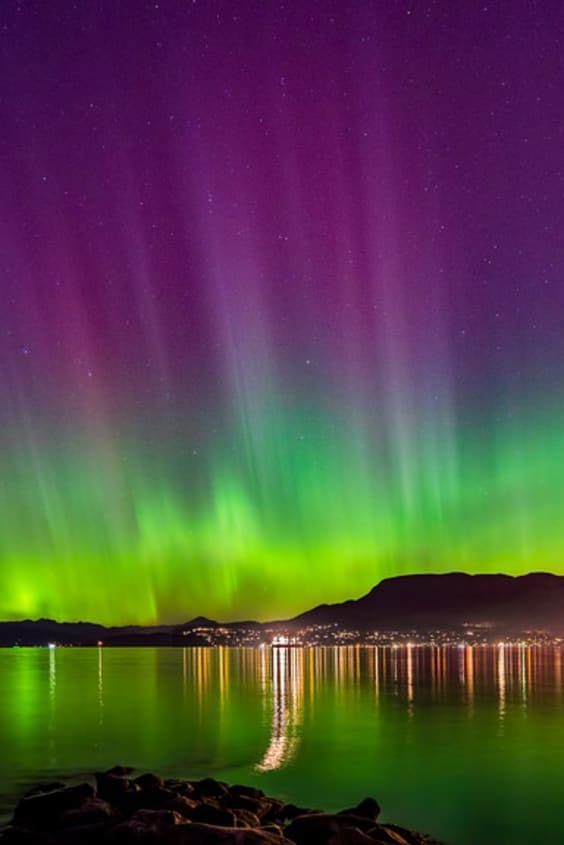
Aurora captured in Vancouver (Canada) – (Photo: ROVE ME)
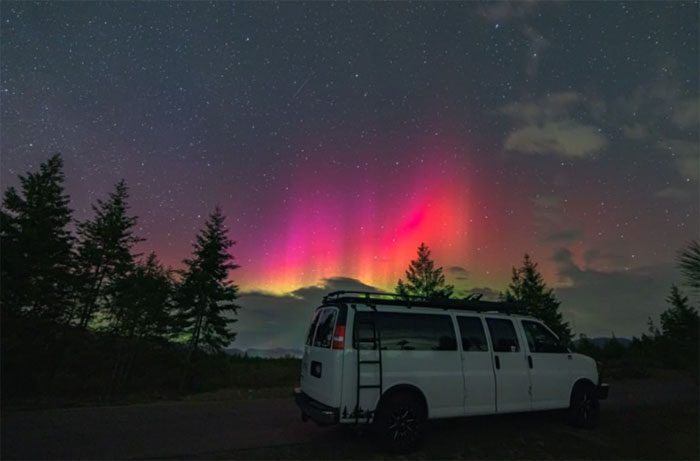
Aurora at Spirit Lake, Idaho (USA) – (Photo: KARI LYNN)
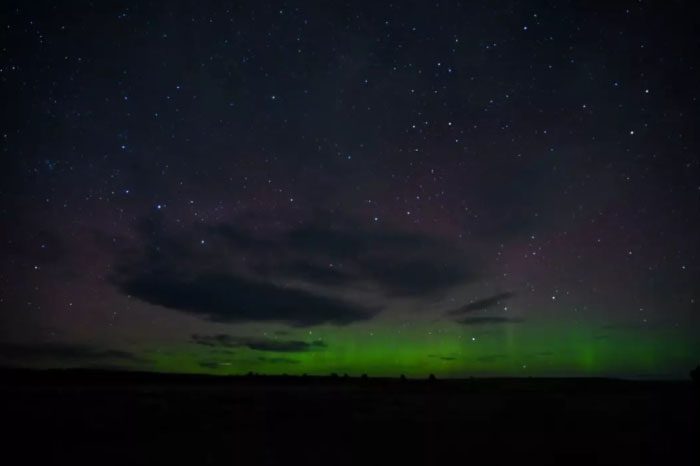
Aurora captured in Montana (USA) – (Photo: WILDERNESS MINDSET)



















































